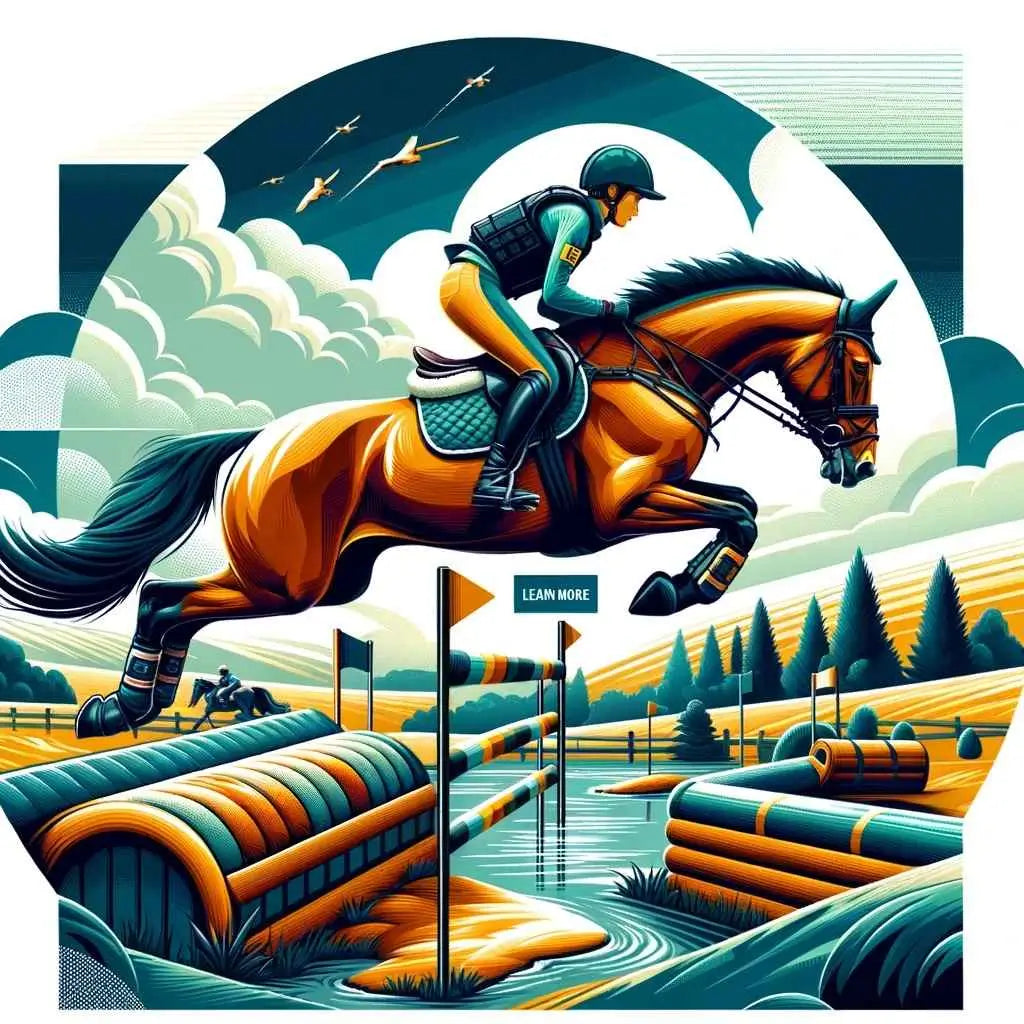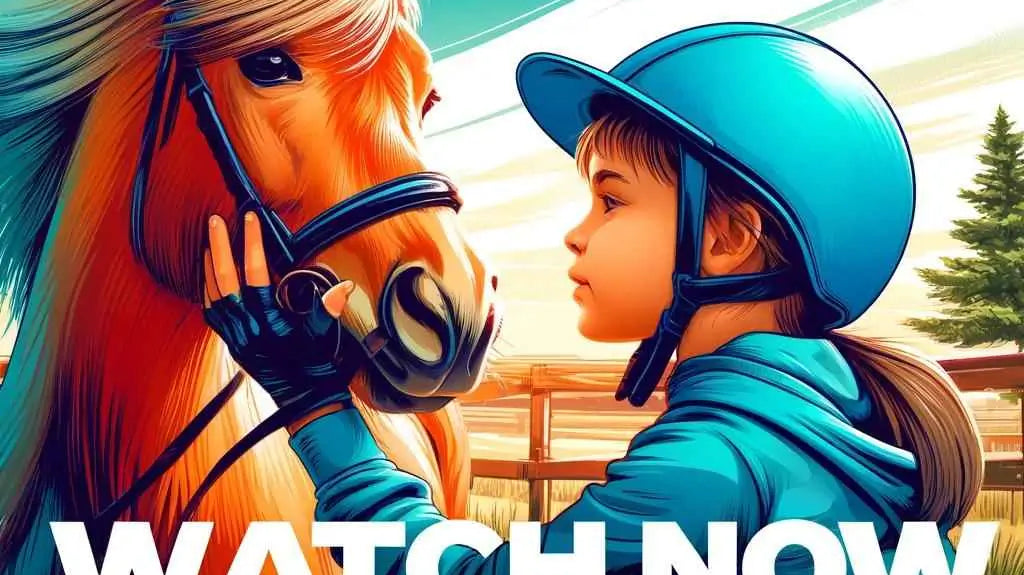| Section | Key Points |
|---|---|
| Risks of Horse Riding | High injury rates requiring hospital care, common injuries include severe spinal, pelvic, and head injuries (e.g., concussions, brain hemorrhages). |
| Common Injuries | Head injuries are the most severe; helmets and air jackets are essential for reducing injury severity. |
| Eventing | Known for higher risk due to demanding activities like cross-country; calls for specialized training and awareness. |
| Safety Culture | Need for a cultural shift towards proactive safety measures; improve predictability and competence in handling horses. |
The Thrills and Spills of Horse Riding: What's the Risk?
Horse riding combines the excitement of speed with the profound connection between human and equine, making it a favourite for many enthusiasts around the world. But let's gallop into the reality: it's not all sunny trails and graceful jumps. In fact, the thrill often comes with spills!
According to the National Center for Biotechnology Information, horse riding is more than just trotting around a paddock. The research shows that equestrian activities can lead to severe injuries requiring hospital stays and, sometimes, surgical interventions. Falls from horses were noted as the most common cause of injuries, turning leisurely rides into urgent rides to the hospital.

But who's most at risk? Surprisingly, it’s not just inexperienced riders; even seasoned equestrians can find themselves in precarious situations. The same study highlighted that the average age of those injured was around 35 years, debunking the myth that risks diminish with experience.
Why is horse riding perceived as serene? Perhaps it’s the picturesque scenes of horses and riders in perfect harmony—until someone hits the turf. Let’s face it: it’s a sport that demands respect and preparation.
Common Injuries and How to Prevent Them
When it comes to common injuries in horse riding, the head takes the lead—literally. Around 70% of all equestrian injuries involve the head, including concussions and more severe cases like fractured skulls or brain haemorrhages. The Silva Injury Law reports that these injuries are not only common but can also have life-altering consequences.

Protective gear is non-negotiable, folks. Helmets, air jackets, and proper boots can be the difference between a minor mishap and a trip to the ER. For instance, wearing a certified helmet can reduce the risk of head injury by an impressive 50% or more.
Eventing: The High Risks of a High Reward Sport
In the equestrian world, eventing is often regarded as the triathlon of horse sports. It involves dressage, cross-country, and show jumping, and is known for its rigorous demands and high risk of injury. The cross-country phase, with its solid obstacles and variable terrain, is particularly perilous. According to recent studies, eventing accounts for a higher rate of serious injuries compared to other equestrian disciplines.
The allure of eventing might be strong, but so should your safety protocols. Investing in specialized training and adopting a strategic approach can help minimize risks. Also, knowing your horse's and your own limits is crucial—no trophy is worth a preventable injury.
The Role of Culture in Equestrian Safety
Understanding the cultural aspects of horse riding can be just as important as wearing a helmet. A review of equestrian safety culture suggests that while many riders are aware of the risks, they often rely more on risk acceptance rather than proactive risk mitigation. This insight comes from a study on horse-related risk, indicating a need for a shift towards more proactive safety measures.

Enhancing predictability and rider competence are crucial. More structured training programs and regular safety drills can help riders prepare better for unexpected situations. Ensuring that both horse and rider are well-prepared reduces the chance of accidents and increases overall safety in the sport.
Conclusion: Balancing Passion with Prudence
Horse riding is undeniably exhilarating, but it's also fraught with potential dangers. By understanding and respecting these risks, riders can protect themselves and enjoy the sport more safely. The evidence is clear: investing in proper training, wearing the right protective gear, and adhering to safety protocols can dramatically reduce the risk of serious injuries. Remember, the best rider is a safe rider.
For more information on equestrian safety and how to equip yourself properly, explore the wide range of safety gear and educational resources at Just Horse Riders. Stay safe and happy riding!

Is horse riding a high-risk activity?
Yes, horse riding is considered a high-risk activity due to the potential for serious injuries. Studies show that the sport has higher rates of hospital admissions compared to other activities, primarily because of falls which can lead to severe injuries such as fractures, head trauma, and even life-threatening conditions.
What is the most dangerous equestrian sport?
Eventing is often cited as the most dangerous equestrian sport. It involves multiple disciplines, including cross-country, which is particularly risky due to the speed and the solid obstacles. This combination increases the potential for falls and serious injuries.
What is the most common injury in horse riding?
The most common injuries in horse riding are head injuries, which account for a significant percentage of emergency room visits by riders. These injuries range from concussions to more severe brain injuries, underscoring the importance of wearing helmets at all times.
What are the dangers of equestrians?
Equestrians face several dangers such as falls, being kicked or trampled by horses, and sustaining injuries from the handling of horses. The unpredictability of horses, combined with the physical demands of riding, contributes to these risks. Safety training, proper gear, and understanding horse behaviour are critical to reducing these dangers.




